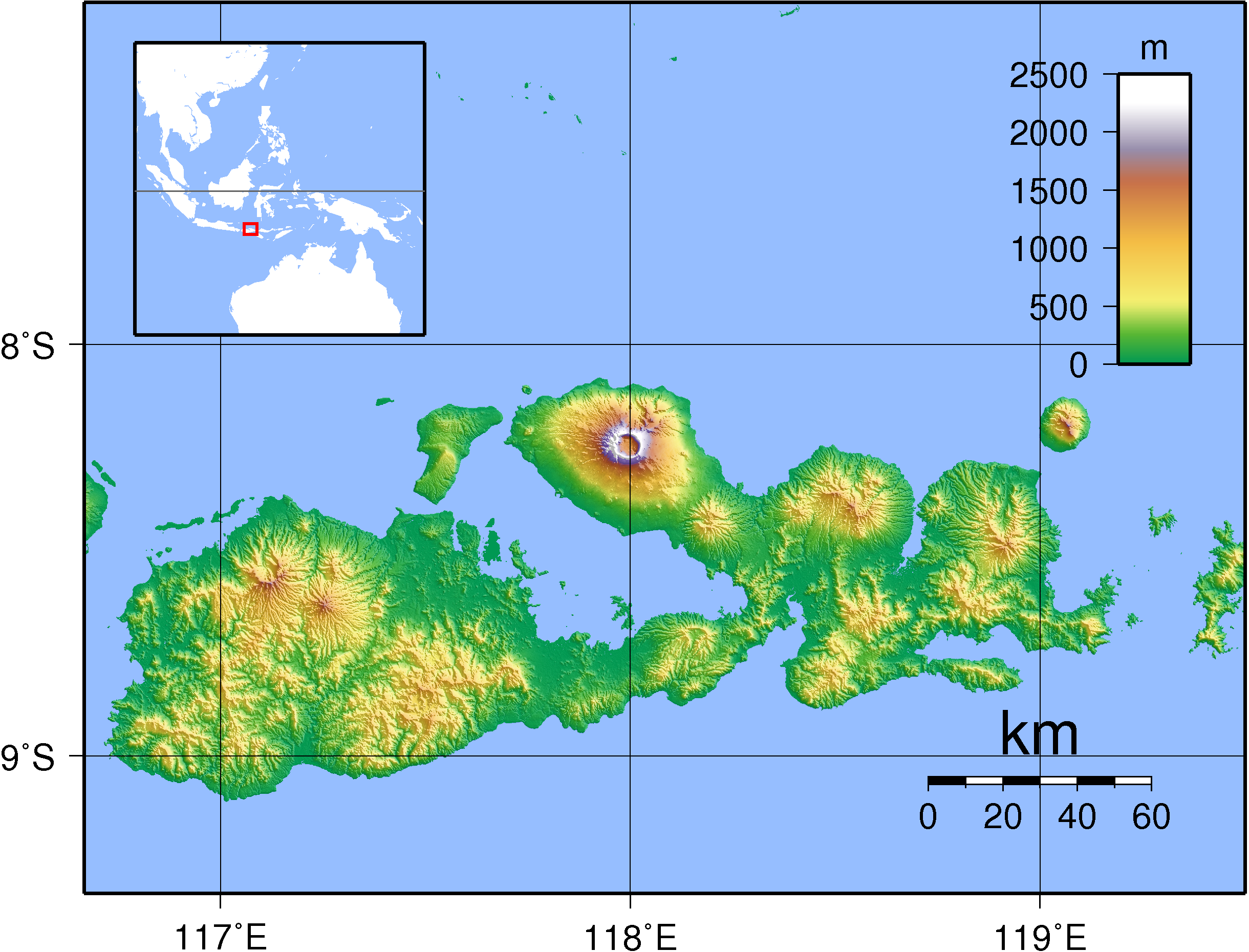"Trees are poems that the earth writes upon the sky."Growth and Storage
― Kahlil Gibran, Sand and Foam
Growing trees sequester carbon dioxide from the atmosphere during photosynthesis. Carbohydrates are formed from the carbon dioxide that a tree stores as wood fiber.
It is wood fiber that provides the structure that enables a tree to grow outward and upward toward the sunlight. The carbon in the carbohydrates is converted into water and oxygen.
One tree can store over 70kg of carbon over its lifetime.
Trees release water and oxygen back into the atmosphere as a by-product of photosynthesis. A tree is a carbon dioxide scrubbing oxygen factory. Over the course of its life a tree continuously:
- Consumes atmospheric carbon dioxide as input;
- Makes use of the sequestered carbon for the fiber it needs for structural growth; and
- Produces clean water and fresh oxygen.
― New York Times
%2C_oil_on_canvas%2C_70_x_99_cm%2C_Gemeentemuseum_Den_Haag.jpg) |
| The Red Tree by Piet Mondrian (1872–1944) |
"I keep drawing the trees, the rocks, the river, I'm still learning how to see them; I'm still discovering how to render their forms. I will spend a lifetime doing that. Maybe someday I'll get it right."
― Alan Lee, Book Illustrator
REFERENCES
- Carbon Sequestration, Wikipedia.
- How Much Oxygen Does One Tree Produce? About Education.
- Photosynthesis, Wikipedia.








